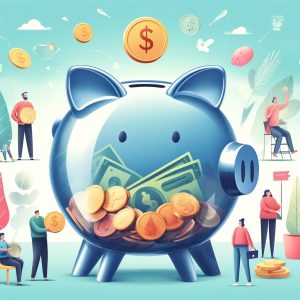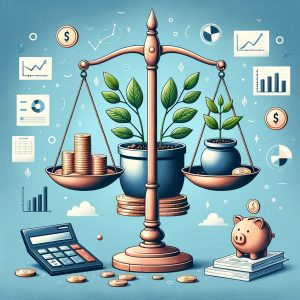International trade
International trade or foreign trade or world trade is defined as the movement of goods and services across countries and their markets. It is done using foreign exchange and is subject to additional regulations established by the participants in the exchange and the governments of their countries of origin. When conducting international commercial operations, the countries involved benefit mutually by better positioning their products, and entering foreign markets.
Foreign trade represents the exchange between one country and another, in terms of goods and services. So that the nations involved can meet their external and internal market needs.
Foreign trade is the exchange of goods or services existing between two or more nations in order for each one to satisfy its internal and external market needs. It is regulated by international norms, treaties, agreements and agreements between countries to simplify their processes and seeks to cover domestic demand that can not be met by domestic production.
What is the difference between foreign trade and international trade? International trade incorporates global transactions of products. An example of this is the price of oil, which is subject to a change in its price due to international trade. So oil is affected by the economic and commercial events of the world. While in foreign trade, it is a specific country or a trading block that establishes trade relations with the rest of the world. There are federal and state institutions that can advise you on foreign trade. The first institution to visit is the office of promexico closest to your city. The states also offer specialized offices to foreign trade attention. For access to credits, there is the National Bank of Foreign Trade (Bancomext), which through various programs and solutions allows exporters access to working capital. Finally, the Ministry of Economy supports Mexican companies, as well as the investments of foreign companies. Other secretaries can also help you depending on the product you require. Where can I train / orient myself / get started on the definition of foreign trade? We offer foreign trade courses on our site. These courses can be taken online, from your computer, and are focused on different needs and levels of student knowledge, from the beginner who does not know that it is foreign trade, the one that requires guidance and the advanced level for people who need tools for Export and import. Foreign trade economies are called open economies. This process of external opening began in the second half of the twentieth century, and dramatically in the 1990s, when Latin American, Eastern European and East Asian economies joined. There is a growing interrelation between what happens in international markets and what happens in the economy of a given country. The different theories that explain the process of the operation of international trade, try to find out what are the causes of this trade, why countries trade and study the effects of international trade on production and consumption of countries or economic regions. The classic theory of international trade has its roots in the work of Adam Smith the invisible hand in which the author defends the little regulation of trade, proposes that international trade is regulated only with supply and demand, he thought that the goods produced in the country, where the cost of production was lower and from there they would be exported to other countries. He defended the growth process, favored trade based on absolute advantage and believed in the international mobility of productive factors. According to their theories, the absolute advantage has those countries that are able to produce a good using less productive factors than others, and therefore, with a production cost inferior to the one that could be obtained using it. Theory of comparative advantage: This theory supposes an evolution with respect to the theory of Adam Smith; For David Ricardo, the decisive factor is not the absolute costs of production, but the relative costs, a result of the comparison with the other countries. According to this theory, a country would always obtain advantages of international trade, even if its production costs were higher for all types of manufactured products, because this country will tend to specialize in that production in which it was comparatively more efficient. Model Heckscher-Ohlin: This model is based on David Ricardos theory of comparative advantage and states that countries specialize in the export of goods whose production is intensive in the factor in which the country is abundant, while tend to import those goods that use the factor that is relatively scarce in the country. For there to be exchange (export-import) the two goods show different intensities of factors. The basic tenet of the aforementioned theories was the existence of perfect competition, which allowed, through free trade, to increase the welfare of the countries. In the late 1970s and early 1980s, some economists, such as Paul Krugman, Avinash Dixit, James Brander and Barbara J. Spencer, came up with new theoretical elaborations based on the existence of market failures that they questioned, Not in all cases, the classical theory of international trade that international exchanges are based exclusively on the theory of comparative advantage and that the defense under any circumstance of free trade and of non-intervention by the state in this economic area might not Be the best practice.






